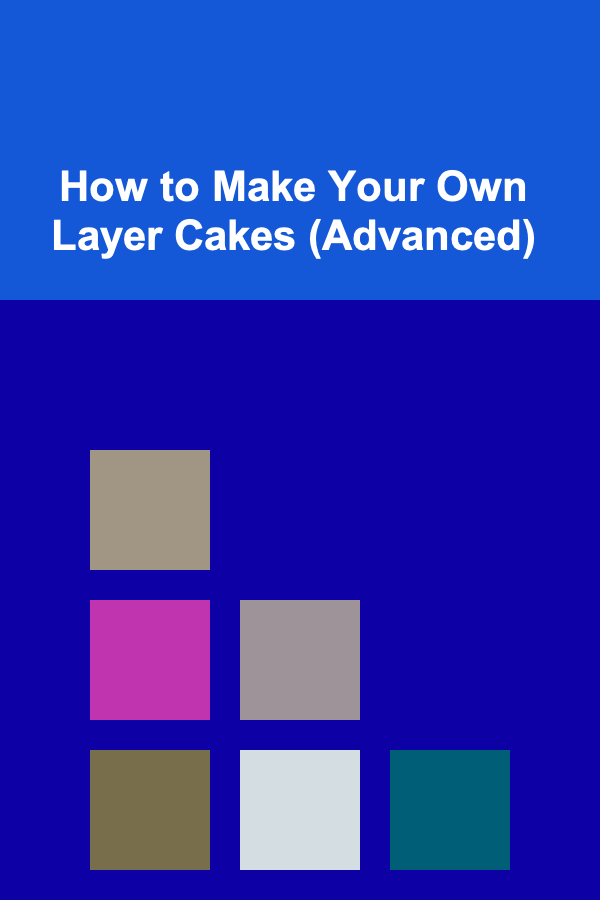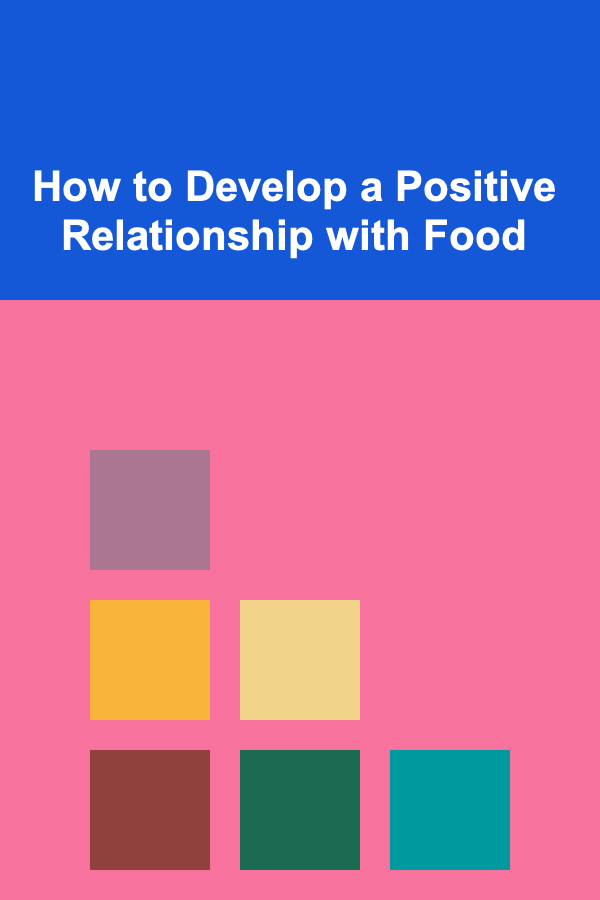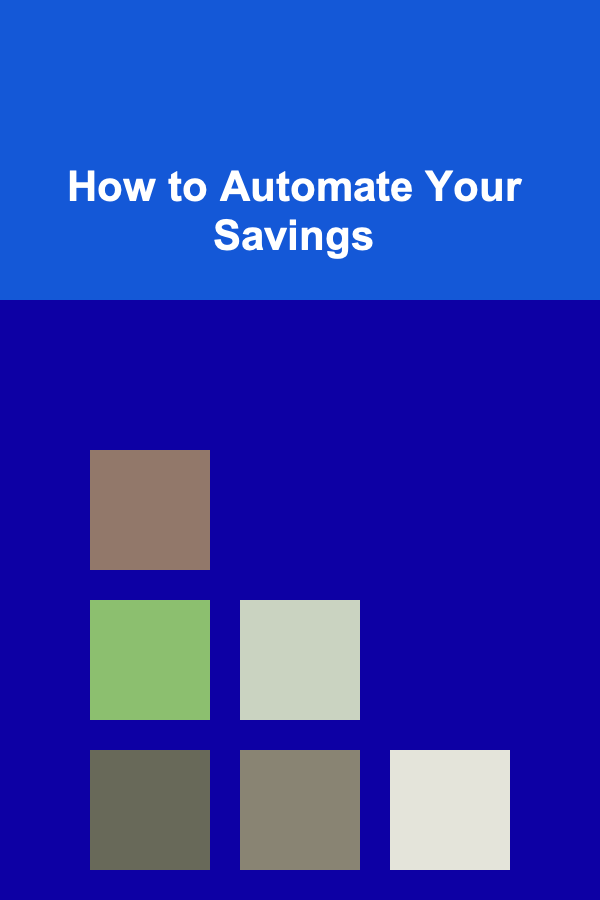
How to Crochet Textured Baby Blankets
ebook include PDF & Audio bundle (Micro Guide)
$12.99$5.99
Limited Time Offer! Order within the next:
Not available at this time

Crocheting a textured baby blanket is a delightful and rewarding project that can add a touch of warmth and love to any nursery. Baby blankets are a perfect way to showcase your crochet skills while creating something practical and beautiful for a little one. Textured crochet patterns elevate the beauty of a simple blanket, adding dimension and personality. In this comprehensive guide, we'll walk you through the steps to crochet a textured baby blanket, offering tips on yarn selection, stitches, and patterns that will help you create a cozy, one-of-a-kind piece.
Why Crochet a Textured Baby Blanket?
Before diving into the process, let's explore why textured crochet blankets are a great choice for babies:
- Comfort and Warmth: Babies need soft, gentle fabrics, and crochet is the perfect medium to create a warm, comforting blanket. Textured stitches often result in thicker, warmer fabrics, which are great for keeping little ones cozy.
- Personal Touch: Crocheting a baby blanket yourself adds a personal touch that is often appreciated by both parents and babies alike. It's a handmade gift that carries sentimental value.
- Skill Development: If you're an experienced crocheter, working on textured patterns is a great way to enhance your skills. If you're a beginner, it's a fun opportunity to try new stitches and experiment with different designs.
- Aesthetic Appeal: Textured stitches offer visual interest and a tactile quality to the blanket. Babies love to explore new textures, and a textured blanket can engage their senses.
Now that we understand the reasons for crocheting a textured baby blanket, let's dive into the process.
Step 1: Choose the Right Yarn
The first step in making any baby blanket is selecting the right yarn. For a textured baby blanket, it's crucial to choose yarn that is soft, comfortable, and safe for babies' sensitive skin. Here are some things to keep in mind when choosing yarn:
- Fiber Content: Opt for yarn made from soft, baby-friendly fibers like cotton, bamboo, or acrylic. Cotton is breathable and soft, while acrylic is easy to care for and machine washable.
- Weight: A medium-weight yarn (such as worsted weight or a light DK) is ideal for a baby blanket. It's thick enough to provide warmth and texture but not too heavy for a baby.
- Texture: A yarn with some texture, such as a slightly fuzzy or bulky yarn, can enhance the textured effect of your blanket. However, avoid overly fuzzy yarns as they might be difficult to work with and hard to care for.
- Color: While the color is mostly a matter of personal preference, neutral colors like soft grays, whites, and pastels are often popular for baby blankets. You can also add color pops or go for a rainbow effect depending on the nursery's theme.
Step 2: Select Your Crochet Hook
Choosing the right crochet hook is essential for working with your chosen yarn and achieving the perfect texture. Crochet hooks come in various sizes, and the size you select depends on the yarn thickness and your personal crocheting style.
- Recommended Hook Size: For worsted weight yarn, a 5mm (H-8) crochet hook is usually ideal, but always check the yarn label for the recommended hook size.
- Ergonomic Hooks: If you plan to crochet for an extended period, consider using ergonomic crochet hooks, which reduce hand strain and make your work more comfortable.
- Material: Hooks come in different materials like aluminum, bamboo, or plastic. Each material has its unique feel, so choose one that's comfortable in your hand.
Step 3: Learn Basic Stitches for Textured Baby Blankets
While you can crochet a simple baby blanket using only basic stitches, textured blankets are created by incorporating different stitch patterns. Here are some basic crochet stitches that can be used to create texture in your blanket:
1. Double Crochet (dc)
The double crochet stitch is one of the most versatile stitches, offering both height and texture. It works up quickly and creates a solid fabric with a slightly open, airy feel.
2. Front Post Double Crochet (FPdc)
The front post double crochet is great for adding more texture and dimension. This stitch is worked around the post of a double crochet stitch rather than into the top, which creates raised textures.
3. Half Double Crochet (hdc)
Half double crochet creates a stitch that is thicker than a single crochet but shorter than a double crochet. It offers a compact texture and a dense fabric, which is great for keeping babies warm.
4. Shell Stitch
The shell stitch consists of multiple double crochet stitches worked into the same stitch or space, creating a small cluster that gives the blanket a bumpy, textured effect. This stitch is perfect for making a blanket feel more luxurious.
5. Spike Stitch
Spike stitches add dramatic texture by reaching down into previous rows and pulling up a loop. These stitches create long, vertical lines of texture, giving the blanket an interesting and tactile surface.
6. Popcorn Stitch
The popcorn stitch is another great option for textured blankets. It involves working multiple double crochets into the same stitch and then pulling them together to form a raised, popcorn-like texture.
Step 4: Choose a Textured Crochet Pattern
Now that you're familiar with some of the basic textured stitches, it's time to select a crochet pattern for your baby blanket. Below are a few textured baby blanket patterns to inspire you:
1. Basketweave Blanket
The basketweave pattern is a classic choice for textured blankets. It combines front post and back post stitches to create a beautiful woven look. This pattern provides great texture and structure, making it both visually appealing and warm.
2. Ripple or Chevron Blanket
The ripple or chevron pattern is another favorite for baby blankets. This pattern creates gentle, zig-zagging rows that can add depth and movement to your blanket. By alternating between high and low stitches, you'll get a rich, textured effect.
3. Granny Square Blanket
A granny square blanket is a timeless choice, and while it may not be as heavily textured as others, you can increase the texture by using different stitch patterns for the squares. You can create a large blanket by joining smaller, textured granny squares.
4. Textured Stripes Blanket
A textured stripes blanket alternates between different textured stitches in stripes, creating a rich and dynamic design. You can experiment with half double crochet, popcorn stitches, or other textures to make the stripes stand out.
5. Waffle Stitch Blanket
The waffle stitch is a beautiful pattern that creates a soft, thick texture, perfect for baby blankets. The pattern is simple to create, involving a combination of double and single crochets, but the result is stunningly textured.
6. Bumpy or Puff Stitch Blanket
The puff stitch creates raised, bumpy clusters that are perfect for a textured blanket. This stitch is often used to create a thick, cozy fabric and can be a great choice for a baby blanket that stands out.
Step 5: Crocheting Your Textured Baby Blanket
Once you've selected your yarn, hook, and pattern, you're ready to begin crocheting. Follow these basic steps:
- Make a Foundation Chain: Start by chaining the desired width of your blanket. Make sure the foundation chain is an even number if you're working with patterns that require this.
- Work the First Row: Follow the pattern's instructions for the first row. For textured blankets, this often involves alternating between different stitches or using post stitches to create height and dimension.
- Continue Crocheting: Continue working through each row, following the stitch pattern for the textured effect. Be mindful of stitch placement to ensure that the texture is consistent.
- Check Your Progress: Periodically check your work to make sure the blanket is shaping up the way you want it. Pay attention to the texture, ensuring it's evenly distributed across the blanket.
- Finish Off: Once you've reached your desired length, finish off the blanket by weaving in any loose ends with a yarn needle.
Step 6: Add a Border (Optional)
While your textured baby blanket can stand on its own, adding a simple border can give it a finished look. You can use a single crochet border for a clean, neat edge or a more decorative border, such as a shell stitch or scalloped edge, to complement the texture of your blanket.
Step 7: Care Instructions
It's important to keep in mind that baby blankets require regular washing. Make sure your yarn is machine washable, and follow the care instructions to ensure your blanket stays soft and durable after many washes. You may also want to include a fabric softener to keep the blanket feeling extra cozy.
Conclusion
Crocheting a textured baby blanket is a rewarding project that combines practicality with beauty. By choosing the right yarn, crochet hook, and textured stitch patterns, you can create a stunning blanket that's soft, cozy, and perfect for a baby. Whether you opt for a classic basketweave pattern, a ripple design, or a unique puff stitch blanket, your baby blanket will be a cherished keepsake that provides warmth and comfort for years to come. Happy crocheting!

How to Market Your Advertising Design Services Effectively
Read More
How To Use Pauses for Dramatic Effect
Read More
How to Make Your Own Layer Cakes (Advanced)
Read More
How to Develop a Positive Relationship with Food
Read More
How to Automate Your Savings
Read More
10 Tips for Wheel Throwing Consistent Cylinders
Read MoreOther Products

How to Market Your Advertising Design Services Effectively
Read More
How To Use Pauses for Dramatic Effect
Read More
How to Make Your Own Layer Cakes (Advanced)
Read More
How to Develop a Positive Relationship with Food
Read More
How to Automate Your Savings
Read More